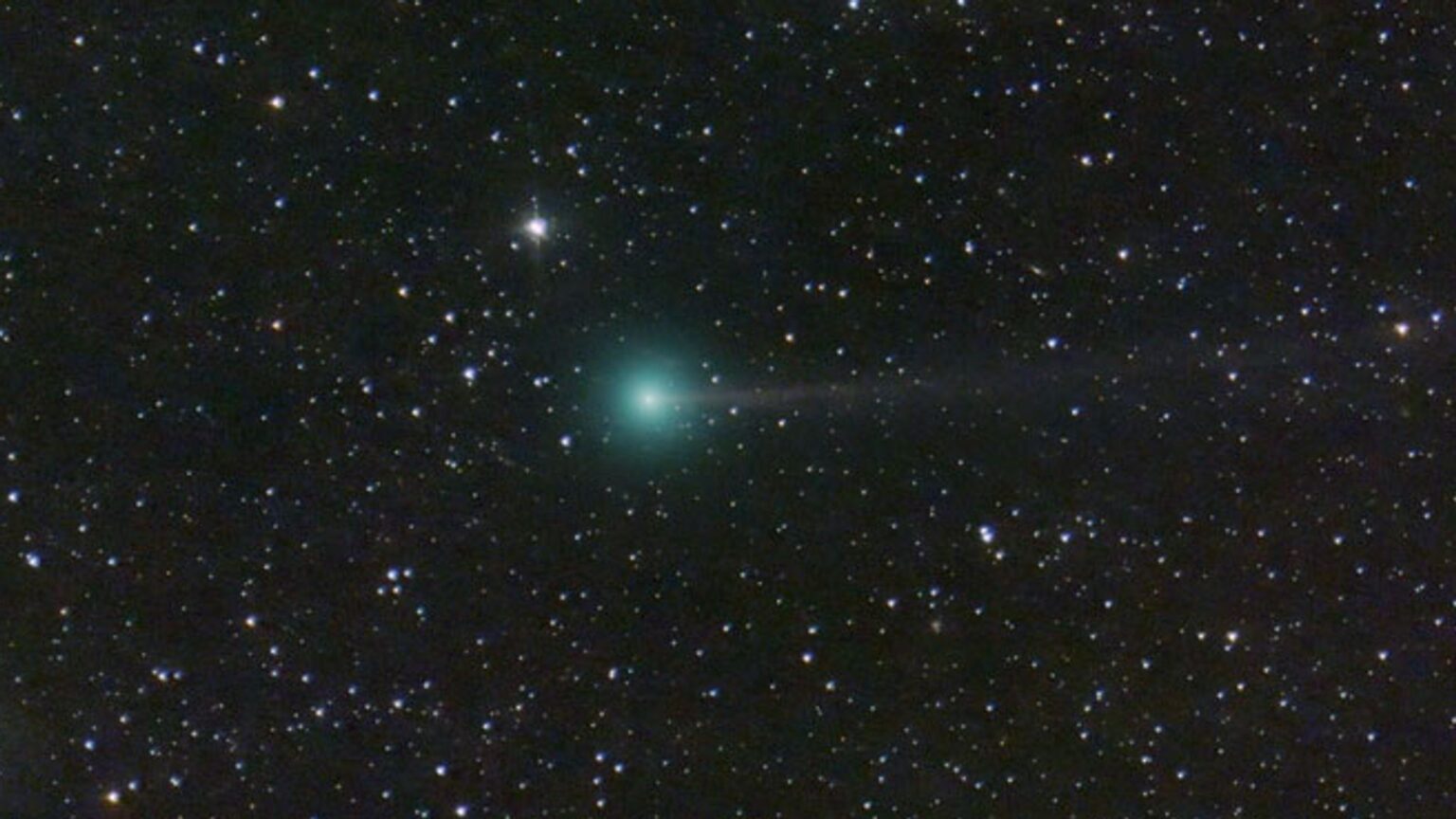Now you can see a sufficiently bright comet Nishimura in the sky. Once upon a time, this phenomenon could frighten uneducated people. But now we know enough about these heavenly bodies to answer all the basic questions about them and not be afraid.

1. Why do comets have tails?
What we usually see as a comet is actually its gas envelope — a coma and a tail. In fact, it is a nucleus of dirty ice. When it flies up to the Sun, some of the volatile matter evaporates, forming a coma. Together with them, dust particles are thrown into space.
Comet tails are usually oriented in the direction opposite to the Sun. This means that as they approach the luminary, they reach for the nucleus, and moving away, the celestial body moves forward with its tail.
2. What are comet nuclei composed of?
The nucleus of a comet is a porous body. This is mainly ice, in which particles of cosmic dust (silicates and aluminosilicates) are frozen and where significant cavities are present.
Comets also contain a lot of organic compounds. These are mainly methane, cyanide, monoxide and carbon dioxide. However, the Rosetta probe found more complex compounds on the Churyumov—Gerasimenko comet — acetone, propanal, formaldehyde and the amino acid glycine.
3. How large are comets?
By themselves, comet nuclei have a diameter of several hundred meters to several kilometers. The Bernardinelli — Bernstein comet is considered the record holder (C/2014 UN271 Bernardinelli — Bernstein). The diameter of its nucleus can exceed 100 km.
The coma and tail of the comet are much larger. The record of the first belongs to comet Holmes (17P /Holmes) — during the flare at the end of 2007, its diameter reached 2.8 million km. The Great comet of 1680 had the longest tail — 240 million km.
4. Do all comets return to the Sun?
Сomet Churyumov — Gerasimenko makes a rotation in its orbit in 6 years and 7 months. Others, such as Halley’s comet, approach the Sun once every few decades.
Comet 2022E3 ZTF, which is clearly visible at the moment, had an orbital period of 50 thousand years before the current return. For obvious reasons, there can be no record of its past visit.
5. Can a comet collide with a planet?
The orbits of comets and planets often do not intersect at all, since the first ones move far not only in the plane of the ecliptic. But even if such an intersection takes place, the “tailed guest” still needs to meet its target at a certain point, which is extremely unlikely.
However, in the case of large massive planets, sometimes such collisions occur even during the lifetime of one generation. The most famous of them is the “bombardment” of Jupiter by the debris of comet Shoemaker—Levy 9 in July 1994.
Follow us on Twitter to get the most interesting space news in time
https://twitter.com/ust_magazine

